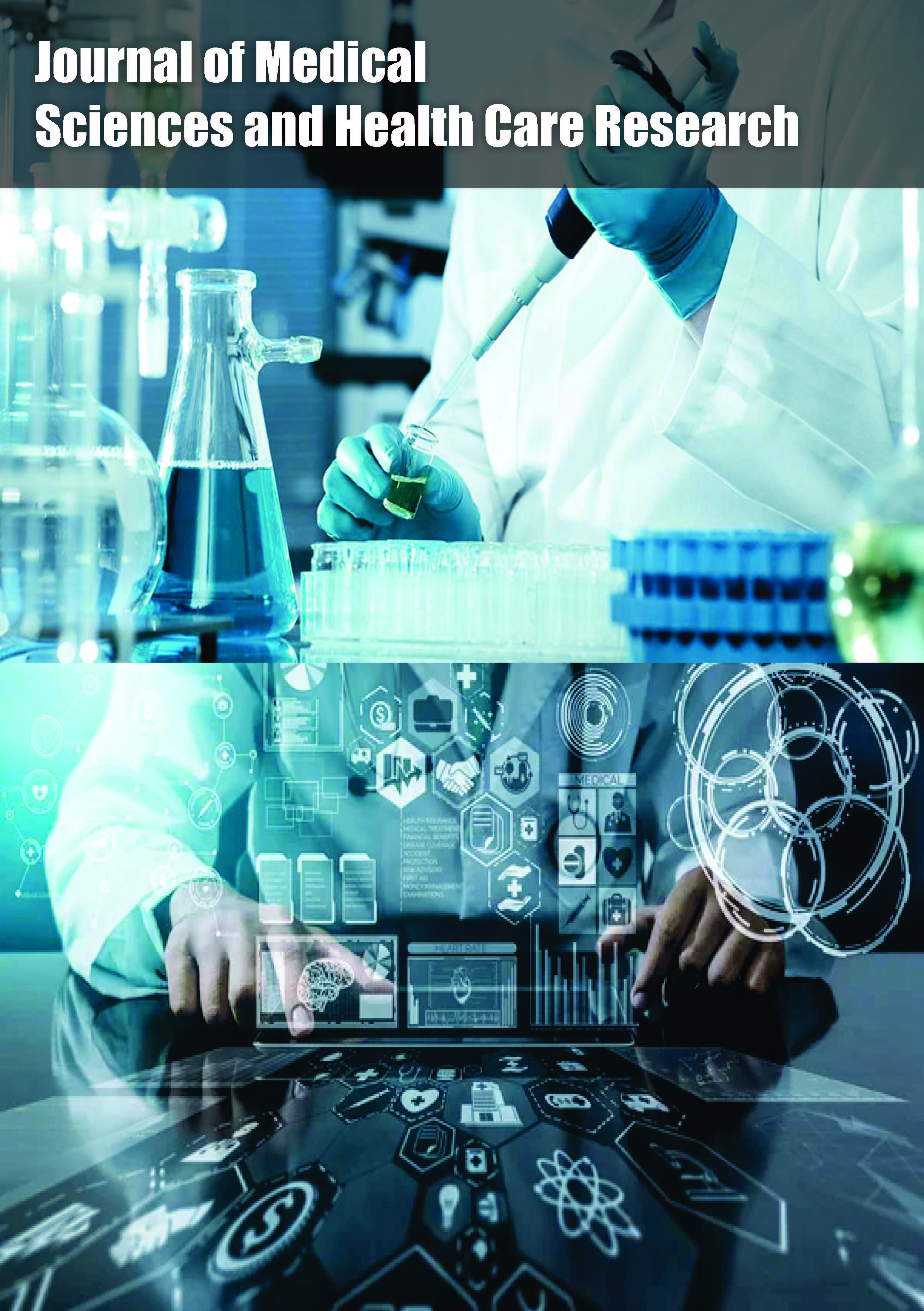Journal of Medical Sciences and Health Care Research
Prevalence and Determinants of Hyperuricemia Among Type 2 Diabetes Mellitus Patients at Selected Government Hospitals in Gurage Zone: A Cross- Sectional Study
Abstract
Seid Abrar, Bisrat Fikadu, Asnake Semaneh and Akililu Getachew
Background: Hyperuricemia has a detrimental influence on glycemic regulation and contributes to unfavorable patient outcomes. Currently, elevated serum uric acid (SUA) is emerging as a potential marker for diabetes. This study aimed to explore the prevalence of hyperuricemia (HUA) and its determinants among patients with type 2 diabetes mellitus (T2DM).
Methodology: A cross-sectional study was conducted from March 1 to May 30, 2024, among T2DM patients at selected government hospitals in the Gurage Zone. SUA and several other metabolic and clinical parameters were examined. Multiple regression analysis was performed to identify risk factors independently associated with HUA.
Results: The prevalence of HUA in patients with DM was 36.9%. A notable incidence of HUA was evident among male individuals (57.1%). Significant associations (p<0.05) were noted between HUA and individuals aged between 40–50 years and those above 50 years, tobacco consumption, body mass index ≥25 kg/m2, duration of diabetes between 5–10 years and over 10 years, poor glycemic control, decreased high-density lipoprotein levels, elevated triglycerides, and higher total cholesterol among patients diagnosed with T2DM.
Conclusion: The burden of HUA among T2DM patients is quite high, and HUA is associated with older age, longer duration of diabetes, poor glycemic control, high body mass index, cigarette smoking and dyslipidemia. This calls for regular screening of HUA in diabetic patients.

